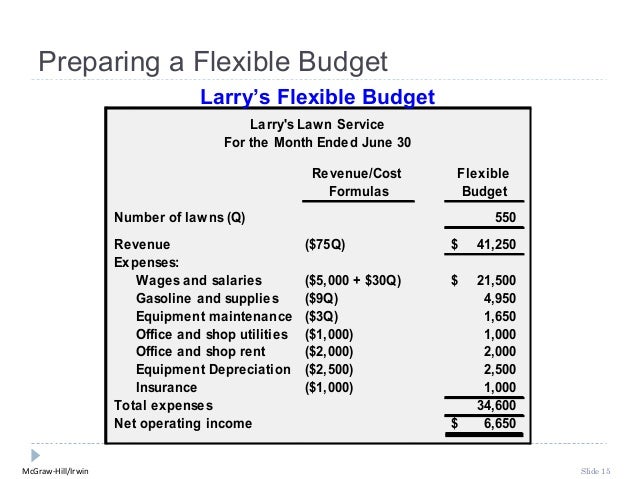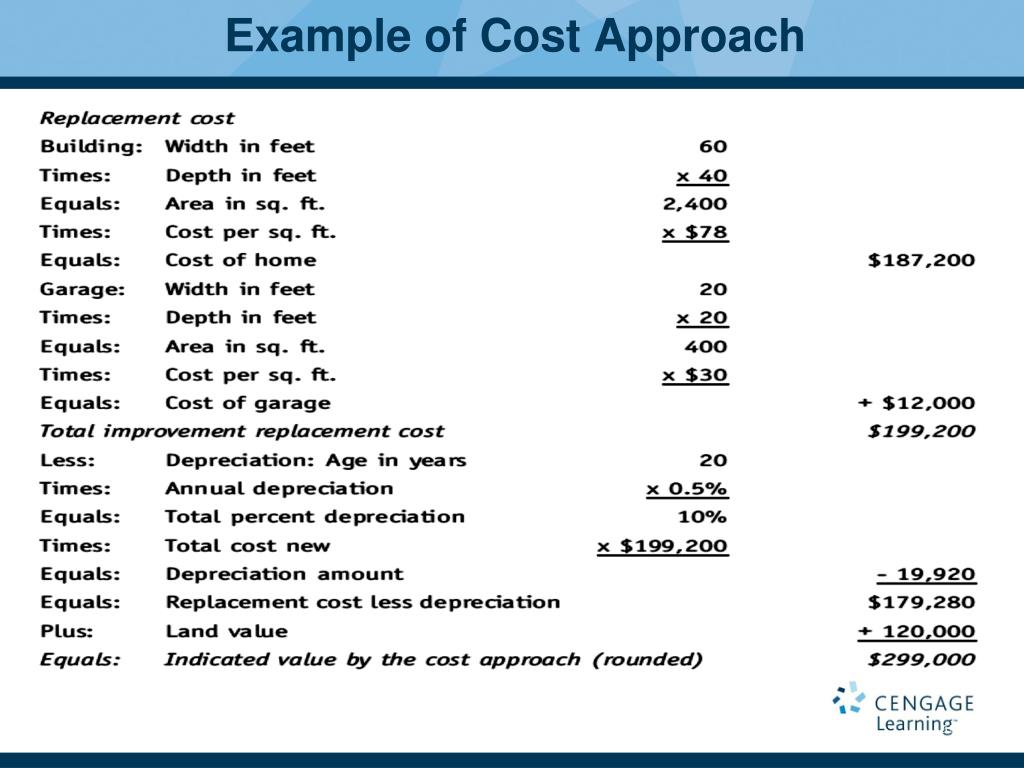

When the depreciation amount is zero, a zero-value depreciation history record with a blank Posting Reference field is generated. If the period is already closed, the journal entry will be posted to the next open period. When an adjustment period is included in the accounting period setup, the depreciation journal entries will be posted to the end of the base period, if the period is still open. Note that if the Require Approvals on Journal Entries preference is enabled, and you do not have permission to approve journal entries, the system will require administrator approval before a journal entry is posted. For more information, see Viewing and Approving Custom Journal Entries. Note that you have to manually set the status of the journal entry to Approved before it is posted. You can view these journal entries in Fixed Assets > Transactions > Journal Types. If you have enabled the Custom Transactions and Use Custom Journals preference, a specific journal entry will be created for asset depreciation.

Updates other records related to this asset.

If Multi-book Accounting is enabled in your account, this process also updates tax methods without accounting books. If Multi-book Accounting is enabled on your account, this process also updates tax methods with accounting books. The status will show Not Required if no journal entry was created in the previous step. Gets updated values from journal entries, and identifies which records to update. A journal entry is created per asset type and per period of depreciation. If the asset and tax methods already have a depreciation schedule, the status will show Not Required.Ĭreates journal entries posting to the fixed asset depreciation and expense accounts entered for the assets on the Accounts tab. For more information, see Background Processing of Fixed Assets.Ĭreates depreciation history records for assets and tax methods with no existing depreciation schedule. You can click the Details link on any process to view the process stage details. On the Process Status page, the following processes will be queued for asset depreciation. You will be redirected to the Process Status page, where you can track the status of the depreciation. The Fixed Assets Management SuiteApp calculates the value to be depreciated based on the depreciation method and period entered. Leave this field blank to use the default reference.Ĭlick Depreciate Assets. An additional option to Include Children indicates that any selected subsidiaries should also include any child subsidiaries (and their children, to the end of the hierarchy).ĭepreciation Period -Enter a date up to which assets will be depreciated.ĭepreciation Reference -Enter a depreciation reference to be used as the base reference on all generated journals. Subsidiary(s) - Select one or more subsidiaries. Go to Fixed Assets > Transactions > Asset Depreciation.Īsset Type(s) - Select one or more asset types. An asset will depreciate for each of its period intervals up to the date entered on the Depreciate Assets page.įor example, if an asset has a monthly depreciation period, and its last depreciation is in January, a depreciation run for June will cause a depreciation to happen for February, March, April, May, and June. When posting the depreciation values, the system will create a batch of GL journal entries.Īn asset will depreciate for each period set on the depreciation method. The Fixed Assets Management SuiteApp will decide which assets require depreciation by checking the depreciation start date, last depreciation period, and depreciation rules. This procedure is run to depreciate assets for the next period. In the Fixed Assets Management SuiteApp, you can run Asset Depreciation to depreciate assets for the first time or to depreciate an asset following a revision of the depreciation method or period.Īsset depreciation can be performed periodically for a single asset type or for several asset types. As of the latest version of Fixed Assets Management, custom journals cannot be used with Multi-book accounting.


 0 kommentar(er)
0 kommentar(er)
